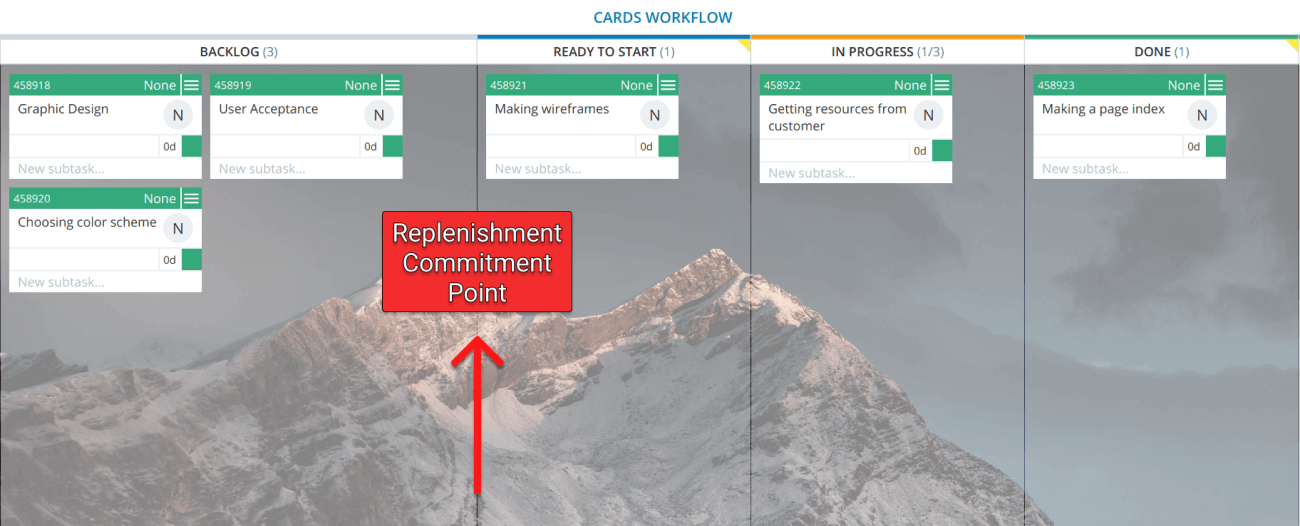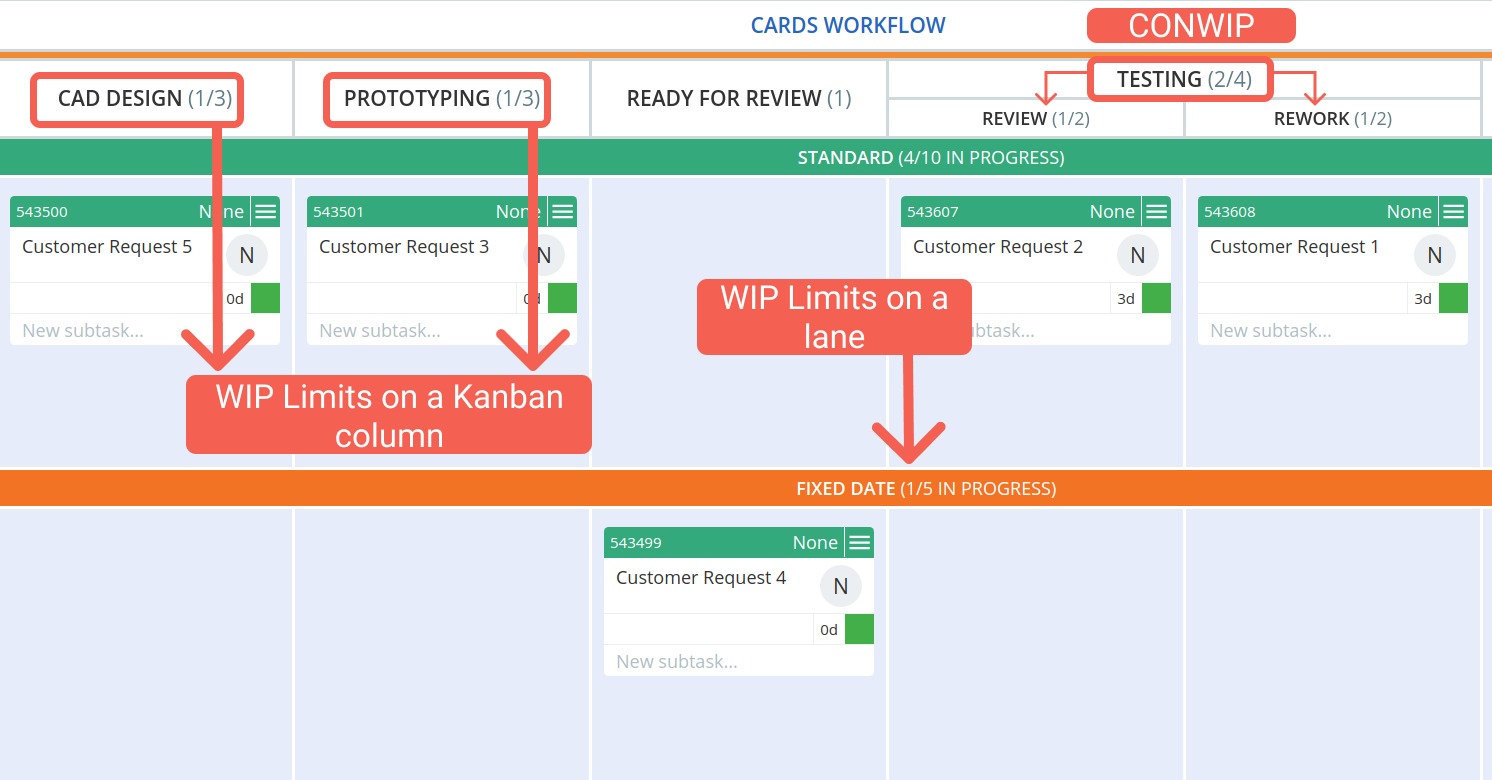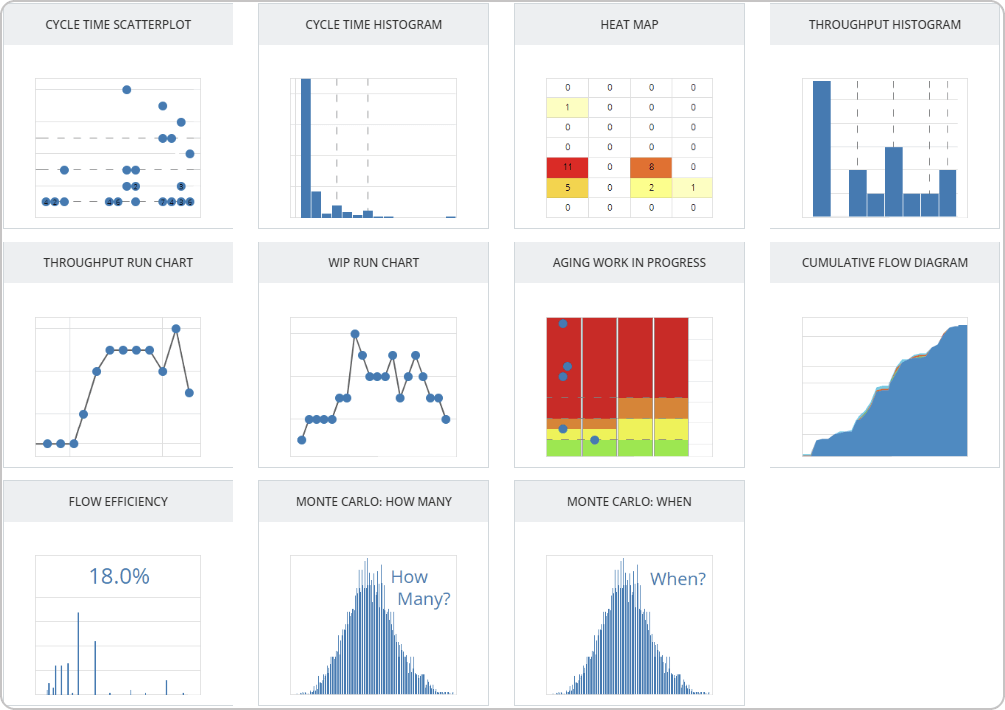It was not until I started this article when I realized there was no such term "Kanban Product Manager" (at least Googling it didn't show any respectable results). Cool, I have my own term in the Kanban world now :) Not really sure either if there is a term called "Kanban product management", but since there are product teams implementing Kanban, there should be. Right?
Kanban is very popular across software companies. Lately, it is gaining popularity across various industries, but since the software industry took the initial idea from Toyota and spread it to the knowledge work area, let's assume that the Kanban product manager is typically a software guy.
What Do Kanban Product Managers Do?
Often they will be building software or will be somewhat involved in the process of building software. I am such a guy, and with this article, I would like to share the typical tasks (and sometimes chores) I do each week. With that, I hope to throw out fresh ideas to anyone who has anything in common with Kanban and building software, and by that, help “Kanban-product-managers-to-be”.
1. Talking to Customers
The most critical part of the job is talking to customers. It is a very time-consuming thing to do but by far the most important one. As with the rest of the tasks, the workload varies a lot depending on the current priorities, but my personal target is to spend at least 30% of my time working directly with customers. This includes talking to people face to face, online demo sessions to present the new features of the product, phone calls to discuss enhancements in the tool, online sessions where customers demonstrate how they use Kanbanize (I love these by the way), calls to discuss issues and what not. Again, this is the most critical part of a product manager's job and should not be sacrificed.
2. Replenishing the Work Queue
Certainly, one of the natural and common duties of a product manager in a Kanban team is to work on the "To Do" queue replenishment. In other words, the primary task of a PM is to make sure that the team has the right priorities in place, that the work items (tasks, tickets, cards) are well described and that whenever team members have the capacity, they will not waste time figuring out what next to do.
Depending on the context, this may be a full-time job or a one-hour-per-week task. In my particular case, it's unevenly distributed each month, but I probably spend a few days figuring out what the highest priority right now is, how exactly things should work, and who shall we work with to get quality feedback and plan the approximate milestones. Honestly, I would love to do only that, but... duty calls.
 Visualizing replenishment point on a Kanban board
Visualizing replenishment point on a Kanban board
3. Monitoring KPIs
Another very important aspect of my job is to monitor and analyze a huge set of KPIs. Being in the SaaS business contributes to this a lot, but even if you are not "SaaS," you would still have to pay a lot of attention to metrics. New customers, most active customers, least active customers, churn, website visits, open customer issues, etc. Some would argue that website visits are a marketing job and customer issues are for the support folks to handle, but in my opinion, a successful product manager needs to track this information and should be able to read the numbers correctly. You can find a more detailed overview of what metrics and KPIs one should monitor (especially in the SaaS business) here:
Check out this Ultimate Guide to Lean KPIs for Your Business
4. Talking to Marketing, Sales, and Engineering
A product manager's job includes multiple exchanges with basically any team in the company. Quite often, this part of the job takes as much as 50% (or even more) of my time.
One must constantly be in sync with marketing regarding the current marketing strategy as work items enabling that strategy often end up on the "To Do" queue and need to be prioritized. The feedback of the product manager, who is usually the domain expert, is very important, and marketing would hardly ever be able to make a successful campaign without it.
The sales strategy must also be agreed upon with product management. Sales give input about their needs, and guess what? They also end up on the "To Do" pile with the corresponding priority. When engineering starts working on some of these items, the PM is the one to translate the business case and draw the whole picture of how things should work.
5. Mentoring Others
Last but definitely not least, a product manager who has mastered the Lean and Kanban techniques should help others adopt them. This can happen in various ways - Kaizen meetings, training sessions, coaching or even blogging (what I am doing right now). As a big fan of George Carlin, I would rephrase one of his quotes: "Never underestimate the power of stupid smart people in large groups".
How Does Kanban Support Product Management?
What is written above is pretty much true for every product manager out there and not just for the Kanban managers. What are the special things about Kanban?
-
Limiting the Work in Progress to Bring Focus to the Work at Hand
When talking to customers, it is wise to limit the number of customers you talk to (at a time) so that you focus the product on solving their particular needs. When you've managed to satisfy the small group of customers, you move to the next small group, but you know what? Chances are that you've solved their issues already (when working with the first group). This is a basic principle in Kanban (limiting the work in progress) to focus your efforts on achieving fast and high-quality results.
 Visualizing work in progress limits on a Kanban board
Visualizing work in progress limits on a Kanban board
-
Visualizing All Work and Automating Events
When working with a team of developers, it is extremely valuable to be able to manage multiple work items that get changed very dynamically. We have created two mechanisms that help you to tackle this challenge. The first one allows you to link Kanban cards with relations like Parent, Child, Relative, Successor & Predecessor. And the second one allows you to define rules to automatically move given cards to a given place on the Kanban board when certain events occur.
-
Continuously Synching All the Teams toward the Same Goal
Regarding the work with Marketing and Sales, it is extremely important to implement the notion of Takt. If you don't have the time to read this article, Takt basically means how frequently your customers are ready to accept the goods you produce. So, in order to produce goods within a certain Takt time (such as the monthly release of a new version of our software), everyone should be aligned toward that goal. If engineering is pushing towards the new release, but marketing and sales are focused on something completely different, the results probably won't be that good, even if the new version is amazing. Simply put, the Kanban Product Manager should be instrumental in synchronizing all departments and focusing them toward the common goal of the release.
 Service delivery metrics and charts for continuous improvement in Kanban
Service delivery metrics and charts for continuous improvement in Kanban
The part about KPIs is simple. There are a bunch of KPIs coming from the Lean and Kanban analytics world, and they are to be taken very seriously. Undoubtedly Cycle time is the number one metric to take care of, but cycle time alone cannot give you the full picture.
Closing Words
Being a Kanban Product Manager is a tough and very challenging job, but at the same time empowering and stimulating. Having those tips in mind, you could dramatically improve the efficiency of entire organizations, so please feel free to brag about it in the comments section below.

Dimitar Karaivanov
CEO and Co-founder of Businessmap
Dimitar is a lean thinker and a Kanban practitioner with a solid background in the areas of software development and process improvement. He is passionate about achieving extreme performance at scale and applying Lean/Agile principles outside IT.



